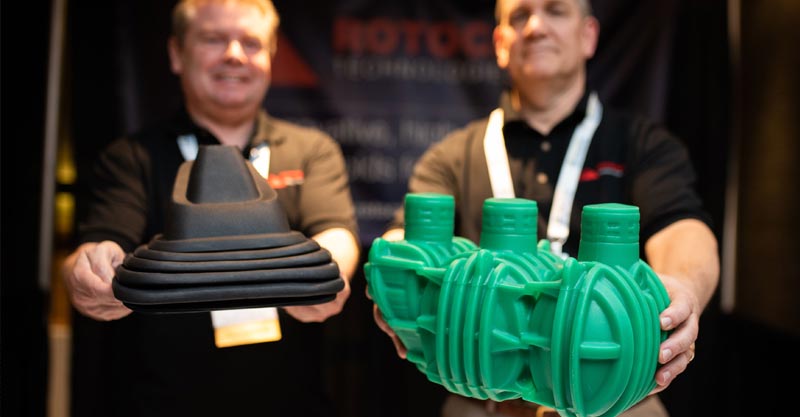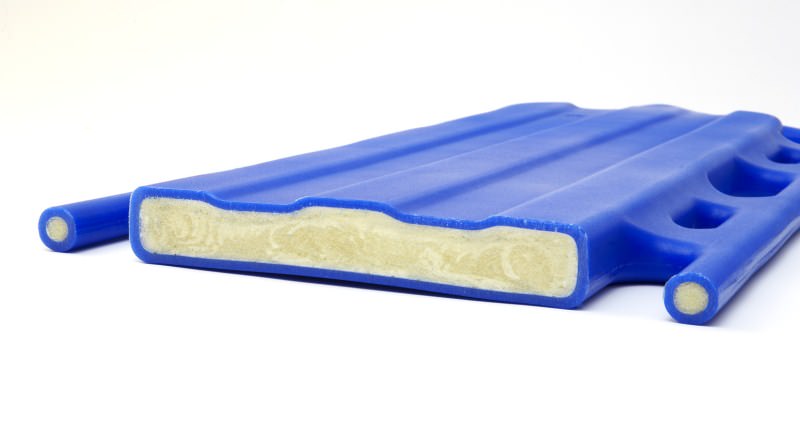Exploring the Benefits of Plastics Rotomolding for Industrial Applications
Parts rotomolding, or rotational molding, is a production method that
has received immense popularity for its ability to create tough, empty
parts with exemplary precision. From big industrial tanks to small
custom components, this process is known for its versatility and
efficiency. Under, we'll investigate the important thing advantages of
Pockets Rotomolding and why it's turn into a preferred solution for producing high-quality, useless parts.
What is Pockets Rotomolding?
Rotomolding
is a manufacturing procedure that requires heating plastic-type
material inside a spinning mold. This enables the molten plastic to coat
the interior materials of the shape evenly, creating hollow elements
with an easy structure. The effect? A product that is not merely durable
but additionally extremely versatile, providing endless applications
across industries.

Critical Advantages of Plastics Rotomolding
1. Strength and Toughness
One of many standout features of parts rotomolding could be the unmatched longevity it offers. Rotomolded areas are created to tolerate intense conditions, including major influences, harsh temperature, and chemical exposure. This strength makes rotomolded components suitable for purposes in industries like automotive, agriculture, and construction.
The easy, single-piece construction also plays a role in the architectural reliability of rotomolded products. Unlike other strategies, you will find no joints or disadvantages, lowering the danger of breaks or leaks.
2. Cost-Effective Generation
Rotomolding is highly cost-effective, especially when creating large or complex empty parts. The process involves somewhat low tooling prices in comparison to other manufacturing strategies, such as for example treatment molding or blow molding. This makes it especially ideal for small-to-medium manufacturing runs without compromising quality.
Also, the capacity to produce components with regular wall depth decreases material waste, optimizing cost-efficiency also further.
3. Style Freedom
The versatility of rotomolding starts the doorway to very personalized designs. Whether it's intricate forms, undercuts, or different wall thicknesses, rotomolding allows producers to turn even the absolute most complex designs in to reality. This mobility is important for industries that demand precision and versatility within their components.
More modification possibilities include uneven surfaces, embedded inserts, and even multi-layered components for included insulation or strength.
4. Lightweight However Robust
Rotomolded parts obtain the perfect stability between weight and durability. The worthless construction minimizes substance utilization, ensuring services and products remain light while sustaining their architectural strength. That is especially good for elements such as for example outside gear, tanks, or playground structures, wherever easy transportation and installment are important considerations.

5. Eco-Friendly Production
Rotational molding can also be commonly celebrated because of its environmental benefits. The procedure effects in minimal product waste, as plastic resources may usually be reused or recycled. Also, suppliers may use eco-friendly resources to arrange with sustainability goals. This roles rotomolding as an significantly appealing selection for businesses seeking to cut back their environmental impact.
Why Plastics Rotomolding Stands Out
Parts rotomolding has changed the production of tough, hollow elements by offering a distinctive mixture of energy, price performance, and style flexibility. By leveraging this technique, suppliers can supply supreme quality components that meet the particular needs of numerous industries while promoting an eco-conscious way of production.
If you're looking for a manufacturing process that provides seamless toughness and irresistible accuracy, rotomolding is the answer.
Comments
Post a Comment